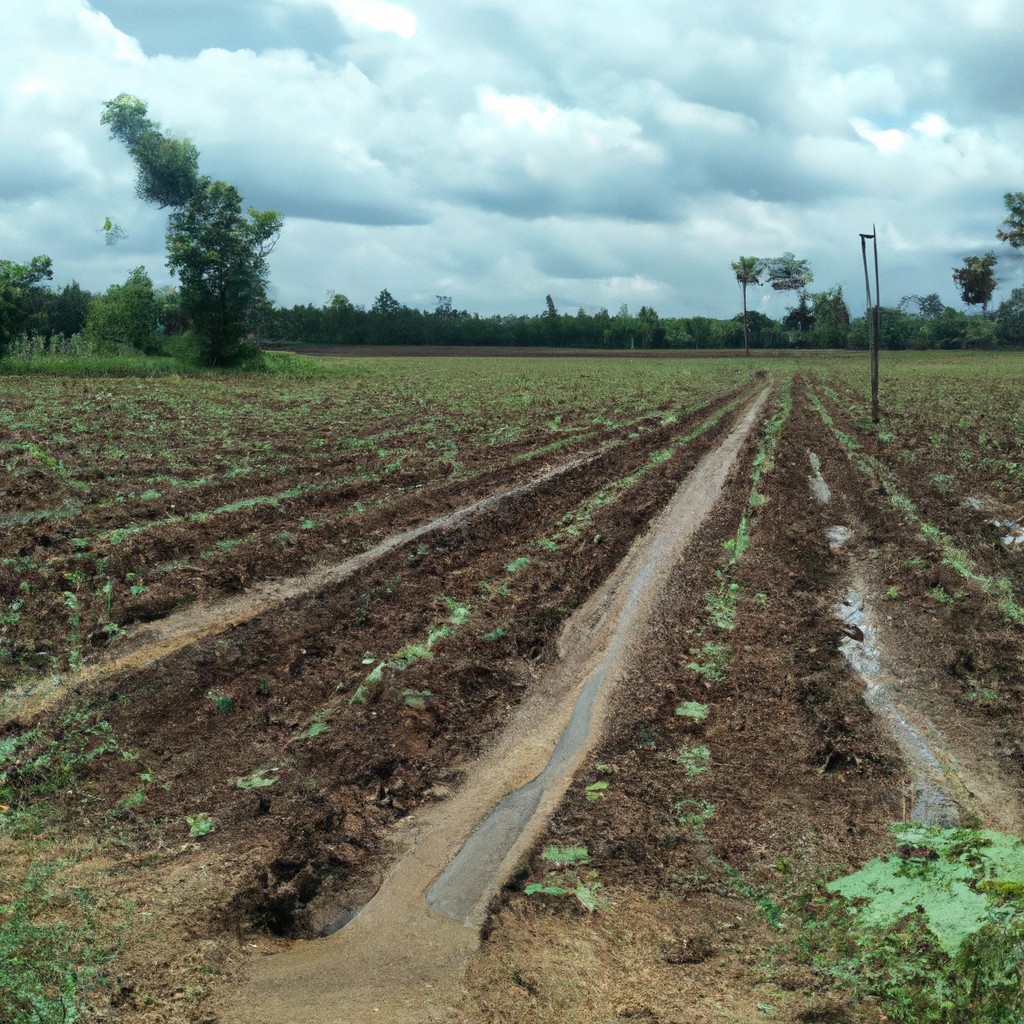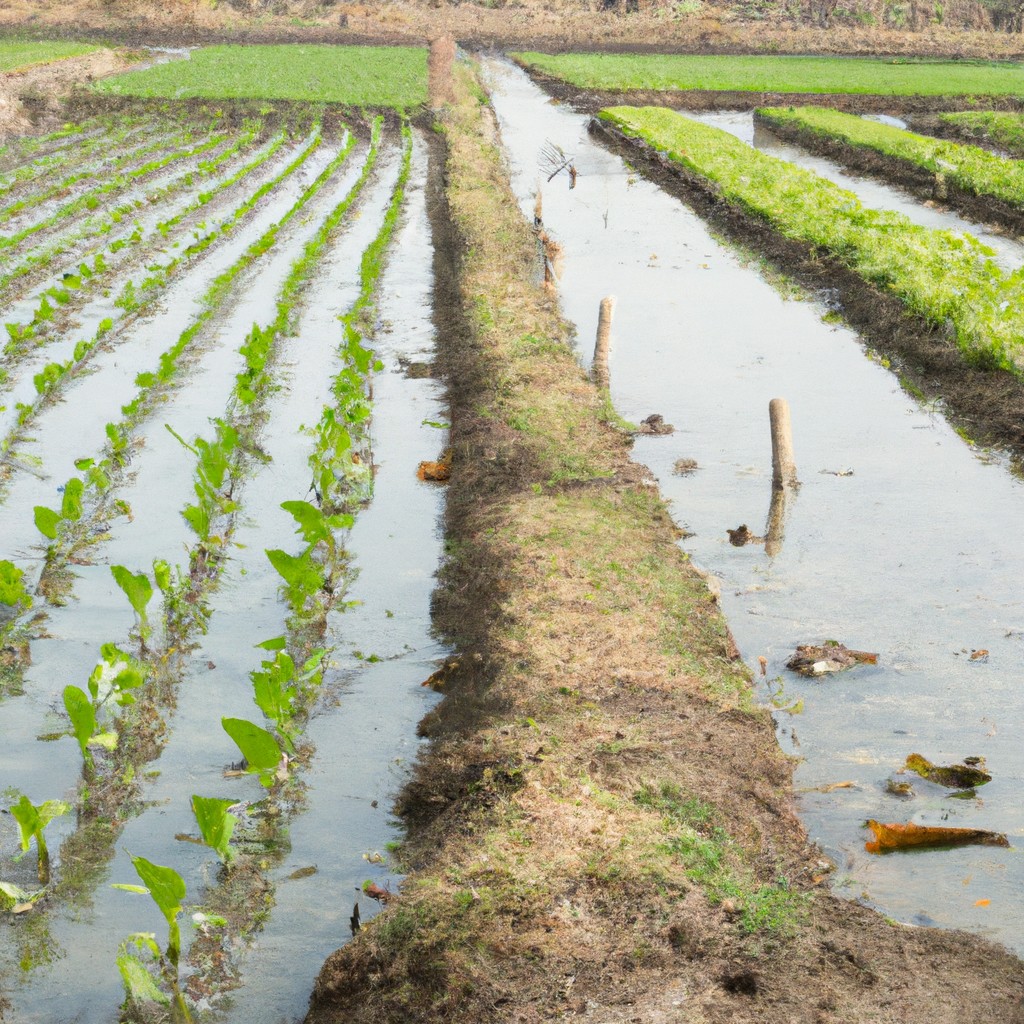In this article, you’ll learn how agriculture sensors revolutionize farming by providing real-time data to optimize crop health and resource use.
Look Inside:
Applications

These little gadgets are turning farms into futuristic agri-labs. Imagine a tractor, but smarter.
First up, soil sensors. They check if your dirt is dry or drowning. Think of them as the Goldilocks of soil moisture – finding that “just right” spot for plants.
Next, weather sensors. It’s like having your own personal meteorologist. These tell you when to plant and when to hold off because a frost is coming.
Then we’ve got crop health sensors. These bad boys use infrared to spot plant stress. Plants aren’t great at complaining, but luckily, these sensors see what the naked eye can’t.
Last but not least, livestock sensors. They’re like Fitbits for your herd, monitoring everything from their steps to their vitals. No more cow surprises.
Technologies
Imagine a farm as a giant disco, but instead of lights and music, it’s full of data sensors keeping tabs.
First up, soil moisture sensors. These gadgets are like the farm’s version of a moisture meter—always letting you know if the plants are hydrated or parched.
Then, there are weather sensors. Picture a mini weather station right in your field. These measure temperature, humidity, and even predict rain. Mother Nature’s own Fortune Teller.
Don’t forget about infrared sensors. These bad boys use light to measure plant health and stress. It’s like giving your crops a daily health check-up without the stethoscope.
Also, we’ve got NDVI sensors. They use satellite imagery and light reflection to gauge plant health. Think of them as the farm’s private drone detective.
Last but not least, nutrient sensors analyze soil components and tell you exactly what your plants need. Missing potassium? These sensors will shout, “Feed me, Seymour!”
With these technologies in place, farming isn’t just smart—it’s practically genius.
Sensor Output Applied
Farmers interpret sensor output in various clever ways. First, there’s the real-time feedback on soil moisture. Think of it as a soil thirst-o-meter, giving crops a drink when they need it and saving water otherwise.
Temperature readings are also a big hit. Plants can be real divas about their climate. Too hot, and they’ll wilt like a drama queen. Too cold, and they’ll sulk. Sensors keep the environment just right.
Nutrient levels come into play next. Essentially, it’s like having a dietary nutritionist for crops, ensuring they get exactly what they need for robust growth and bountiful harvests. No more guesswork or over-fertilizing.
Then there’s the data for disease prediction. Imagine your plants consulting a crystal ball. Sensors analyze conditions to predict the best times for disease management, saving crops from untimely demise.
All this info is typically sent to the farmer’s smartphone or computer. It’s like having a tiny farm assistant with prodigious expertise, right in your pocket. This digital helper allows for precise interventions, optimizing everything from irrigation schedules to planting cycles. Quite the techie revolution, really!
Soil Data Analytics
Let’s talk dirt! Soil data analytics is where the magic happens. Sensors buried in the soil provide treasure troves of information on moisture levels, pH, temperature, and nutrient content. Imagine Sherlock Holmes, but for dirt.
First up, you’ve got moisture levels. Knowing when soil is too dry or too soggy means water can be used wisely. More splash, less cash.
Next, soil pH – a silent but powerful player. Sensors can tell you if the soil is too acidic or alkaline. Your crops’ taste buds will thank you.
Temperature readings let you know when to plant and when to harvest. Avoiding frostbite and sunburn? Priceless.
Nutrient content sensors help farmers understand what the soil is craving. It’s like giving your crops a balanced diet without the guesswork.
These data points combined create a comprehensive view, guiding smarter decisions. Way cooler than playing in mud, right?
Crop Monitoring
Let’s dive into crop surveillance with agriculture sensors. Imagine playing “Where’s Waldo?”, but instead of a bespectacled man in a striped shirt, you’re finding insights for your crops!
Sensors in the field can check plant health, moisture levels, and even pest activity. Think of them as the crop’s personal health monitors.
- They can collect data like:
- Plant height: Who’s the tallest sunflower in the field?
- Leaf color: Not a fashion choice – just indicating nitrogen levels.
- Growth rate: Keeping an eye on those slacker seedlings.
All of this helps farmers keep tabs on what’s happening without pacing the fields. These sensors are like secret agents, gathering intel and reporting back, ensuring our crops stay as healthy as possible.
Ready for a bountiful harvest? With these sensors, the odds are in your favor!




